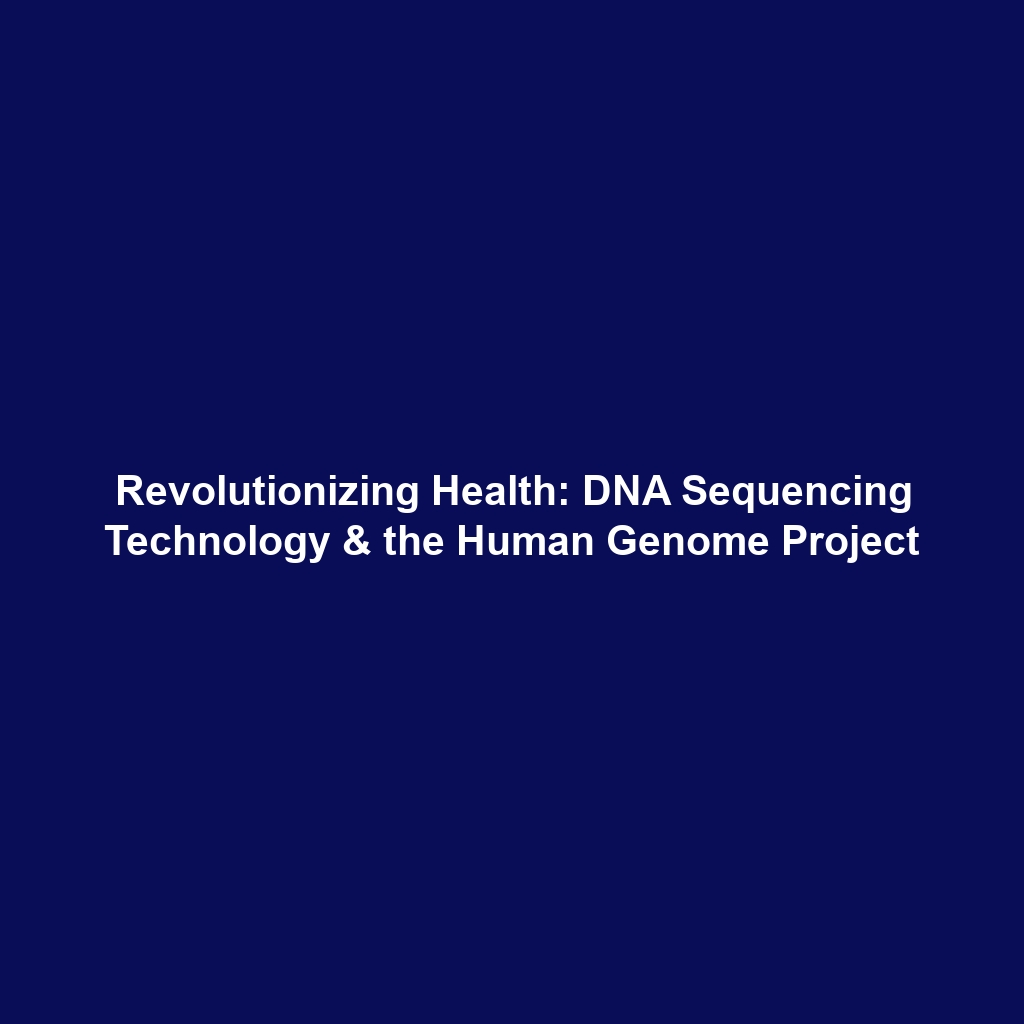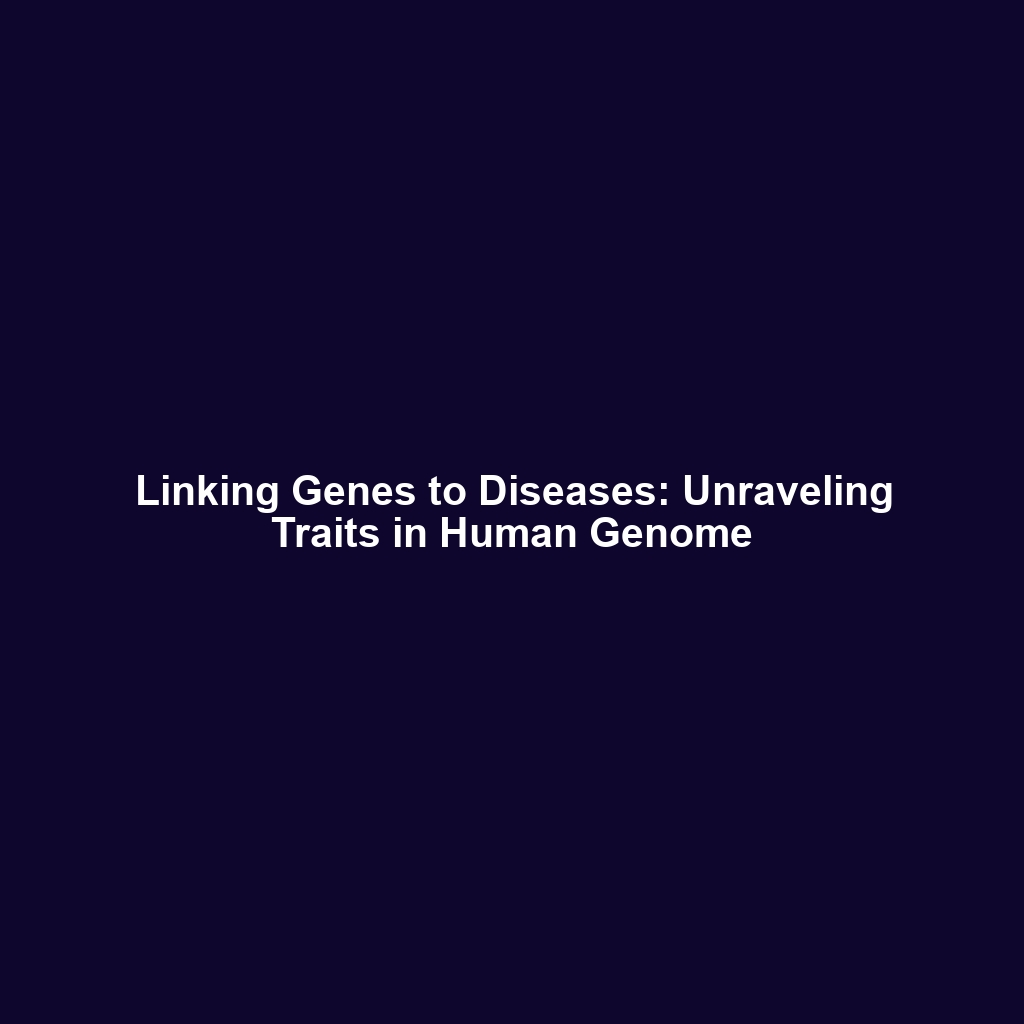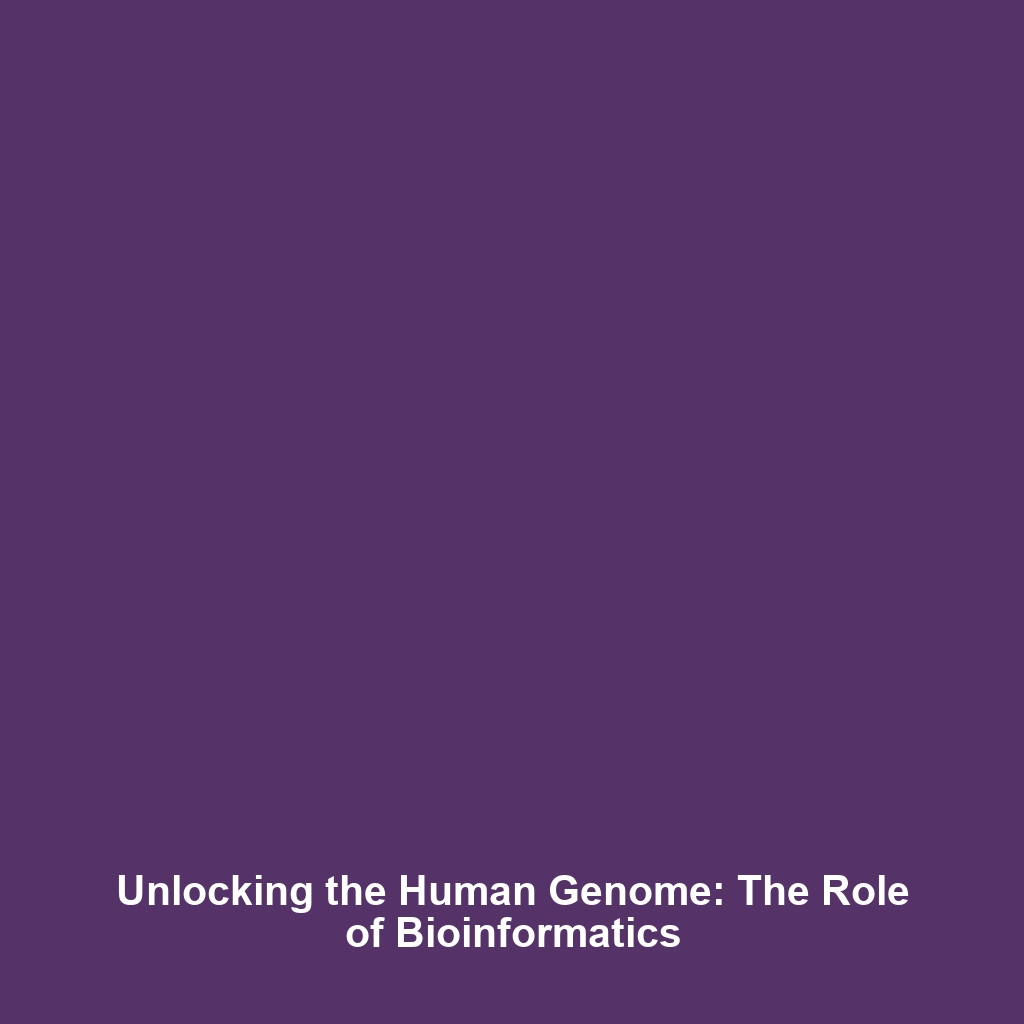Understanding DNA Sequencing Technology in the Human Genome Project
Introduction: DNA Sequencing Technology has revolutionized the field of genetics and molecular biology, playing a pivotal role in the success of the Human Genome Project. This groundbreaking technology allows scientists to accurately determine the sequence of nucleotides in DNA, providing critical insights into genetic structures and functions. By deciphering the human genome, researchers can unlock secrets of genetic diseases, inheritance, and human evolution. This article delves into the major concepts, applications, and challenges of DNA Sequencing Technology within the broader context of the Human Genome Project, highlighting its significance for future research.
Key Concepts of DNA Sequencing Technology
DNA Sequencing Technology encompasses a range of techniques used to identify the precise order of nucleotides in a DNA molecule. Here are the key concepts:
- Sanger Sequencing: The first reliable method developed for DNA sequencing, utilizing chain-terminating inhibitors.
- Next-Generation Sequencing (NGS): A modern approach that allows for massive parallel sequencing, significantly speeding up the process and reducing costs.
- Whole Genome Sequencing (WGS): Analyzes the entire genome, providing comprehensive data for research and diagnostics.
These principles are integral to the Human Genome Project, which aimed to map the entire human genome and comprehend its implications for health and disease.
Applications and Real-World Uses
DNA Sequencing Technology is instrumental in various fields, particularly related to the Human Genome Project. Key applications include:
- Medical Diagnostics: Genetic testing for inherited diseases and conditions.
- Personalized Medicine: Tailoring treatment based on individual genetic profiles.
- Forensic Analysis: Identifying individuals based on genetic markers and evidence.
These real-world uses exemplify how DNA Sequencing Technology is transforming the landscape of healthcare and scientific research.
Current Challenges of DNA Sequencing Technology
Despite its advancements, DNA Sequencing Technology faces several challenges:
- Data Management: The massive amounts of data generated pose storage and analysis challenges.
- Cost Barriers: While costs have decreased, advanced sequencing can still be prohibitively expensive for some applications.
- Interpretation of Results: The complexity of genomic data requires sophisticated algorithms and bioinformatics tools for accurate interpretation.
Addressing these issues is crucial for the continued progress of both DNA Sequencing Technology and the Human Genome Project.
Future Research and Innovations
Ongoing research in DNA Sequencing Technology promises exciting advancements:
- Single-Cell Sequencing: Allowing scientists to study the genomes of individual cells, which can provide deeper insights into cellular diversity.
- Improvements in Accuracy: Innovations aimed at reducing errors and increasing the reliability of sequencing results.
- Real-Time Sequencing: Developing technologies that enable the rapid sequencing of DNA as samples are collected.
These innovations will further enhance our understanding of genetic information and its applications in the Human Genome Project.
Conclusion
In summary, DNA Sequencing Technology is a cornerstone of the Human Genome Project, unlocking countless possibilities in genetics and biotechnology. The ongoing evolution of this technology not only propels scientific discovery but also paves the way for personalized medicine and public health advancements. For further reading, explore our articles on modern genetic technologies and the impact of the Human Genome Project on medicine.









